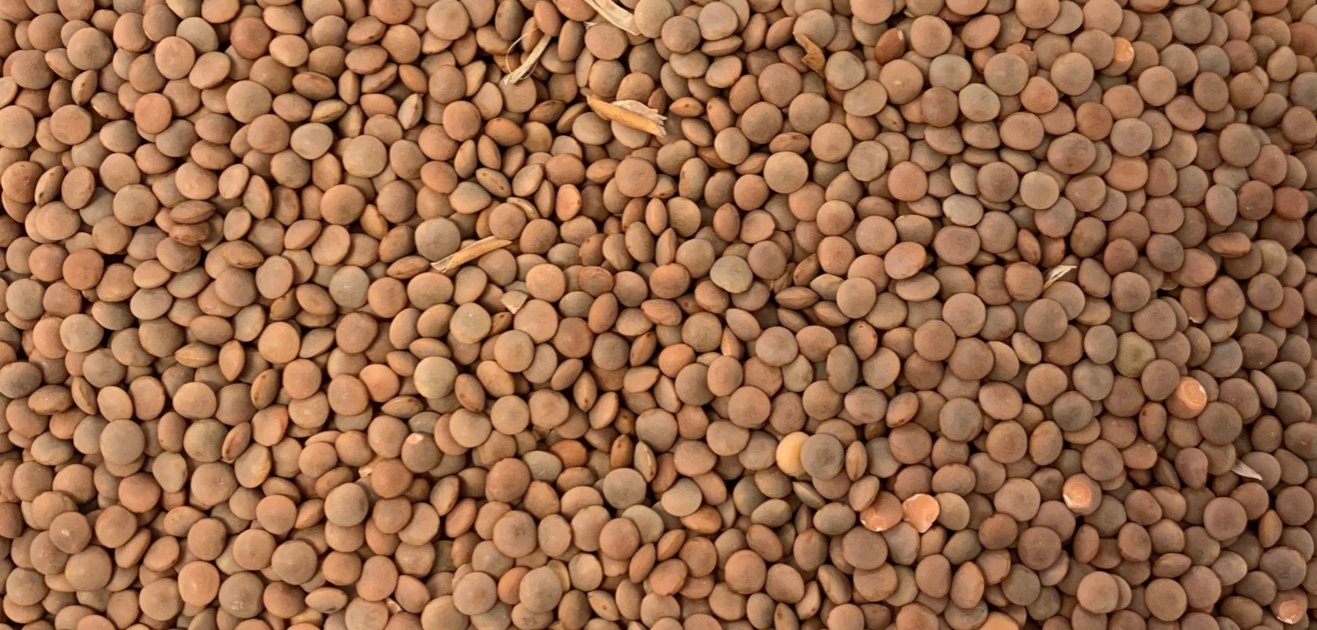
Grain Snippet: Canadian Production Pressures Pulses
Aussie lentil prices have continued to push lower, with declines surpassing $100/MT over the last month. The primary driver has been the hefty Canadian crop which is reportedly much larger than originally anticipated, with production forecasts ranging between 2.9-3.5MMT (combined red and green). At the lower end of this estimate, Canada would be looking at the second largest lentil crop since 2016/17; anything over 3.2MMT would be a new record.
The lentil market is further weighed by larger y/y production forecasts for each Russia, Kazakhstan, the US and Australia. With large area planted, the Aussie crop has been forecast at 1.7MMT by ABARES based on below-trend yields. If the next few weeks of rainfall ahead of harvest are kind to growers across SA and Vic, we could see total lentil production forecasts be revised higher once more. Much like in Canada, the 25/26 Aussie lentil crop could make a new production record.
As part of the broader pulse complex, lentils are being further hindered by large global pea (primarily yellow pea) supplies. Yellow peas and lentils have each been working their way into India in recent years to help fill the pulse supply hole caused by consecutively poor prior seasons. The 25/26 season pea production in Russia is now anticipated to be over 5MMT which is more than sufficient to meet China’s demand as well as finding their way into India. China retains its 100% import duty on Canada’s yellow peas, leading to Canada competing for exports into India. The change in trade flows, coupled with a bumper pea production of over 3.5MMT in Canada has led to a much larger anticipated ending-stocks estimate of 1.28MMT for 25/26; this large carry-out represents an increase of 143% y/y.
India’s demand for pulses for 2025 thus far has been far more tepid compared to the prior five years. The Indian government has reimposed lentil import duties for the 25/26 season to limit the impact of large international supplies on their domestic markets. Furthermore, India’s food price inflation index has had three consecutive negative months, implying a lower requirement for increased imports. Whilst India’s primary domestic pulse crop is yet to be planted for the Rabi season, there are sufficient moisture supplies available to offer confidence in yield.
In short, pulse supplies (notably lentils and peas) are in abundance around the globe and demand is not presently anticipated to be able to keep pace. Lentil ending stocks-to-use for Australia and Canada are increasingly likely to meet levels seen in 2017/18 and 2018/19 where Aussie lentil prices persisted in the doldrums sub $600/MT. With the current large supply set-up, the lentil market will need a fresh catalyst to garner support. For now, the Canadian lentil harvest has effectively reached its end, so selling pressure from that part of the globe has eased. The market will be eagerly awaiting the results of the (likely belated) Aussie lentil crop.
This is a sample only, if you would like to view the entire document and our recommendations, please contact CloudBreak to discuss becoming a member on (08) 8388 8084.


